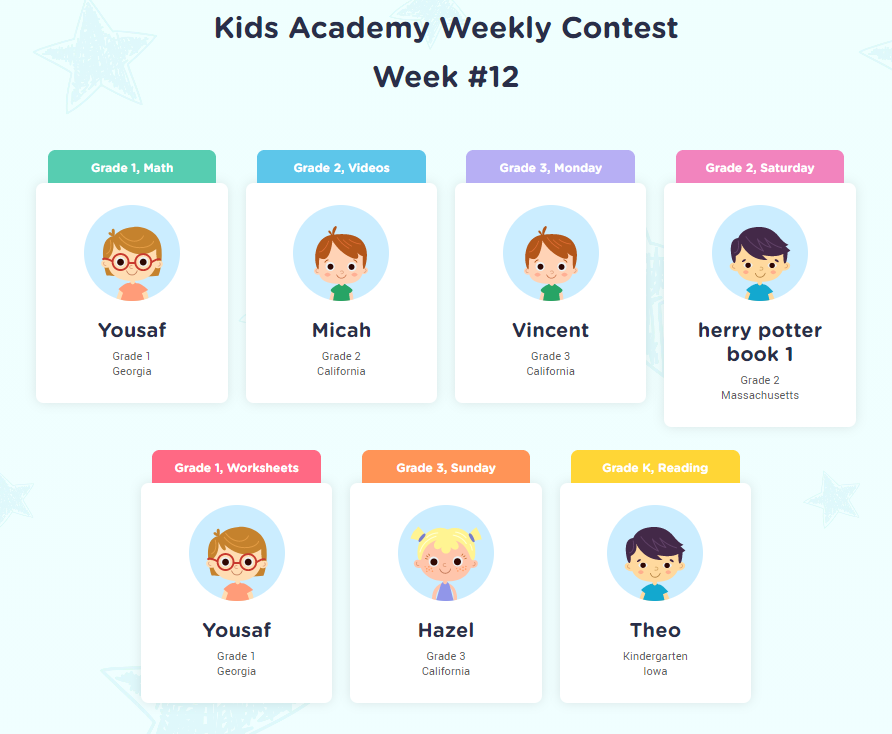Understanding sensory words Worksheets for Kids
1 filtered results
-
From - To


Sensory Words Worksheet
Question/Answer
How does the mastery of the Understanding sensory words skill affect a student's performance at an early age?
Mastery of the Understanding sensory words skill at an early age significantly enhances a student's descriptive and expressive abilities, enriches their vocabulary, and improves reading comprehension. It enables them to better communicate experiences and emotions, and fosters a deeper engagement with texts, contributing positively to their overall academic performance and creative expression.
What does the Understanding sensory words skill mean when it comes to Grade 1 Building Vocabulary learning?
The Understanding sensory words skill in Grade 1 Building Vocabulary involves teaching students to recognize and understand words that describe the five senses (sight, smell, taste, touch, and hearing). This helps young learners enrich their descriptions of experiences, objects, and surroundings, enhancing their overall communication and writing skills by incorporating sensory details.
How to train the Understanding sensory words skill in Grade 1 students learning about Building Vocabulary?
Introduce Grade 1 students to sensory words through interactive activities such as taste tests, scent jars, sound boxes, texture boards, and visual cards. Encourage them to describe their experiences using specific sensory words. Incorporate storytelling and reading sessions that focus on vivid sensory language. Reinforce learning with worksheets and games that match objects or experiences with appropriate sensory adjectives.
 Assign to the classroom
Assign to the classroom











